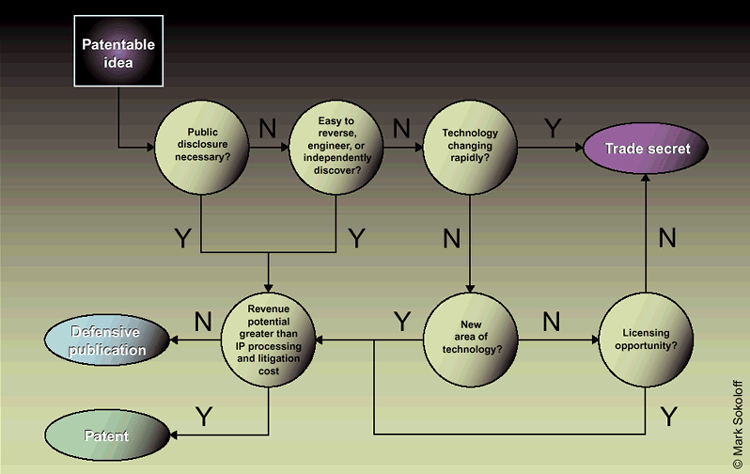
Because they blossom in winter and display striking red and green colors, poinsettias are ideal for Christmas decorating. Yet, their market domination did not happen by chance. It resulted from more than a century of clever decision-making by the Ecke family in California. The story of the Ecke poinsettias provides a nice illustration of two major choices that many innovative firms face one day or another:
- What is the most effective way to protect an innovation: secrecy or patent?
- Which market(s) should an innovative firm operate in: the market for ideas and/or the market for products?
Regarding the first question, part of the Ecke’s success is due to a technique for grafting together two varieties of poinsettias that was kept secret for decades. It is only when this technique was discovered that competitors were able to enter the market. Yet altogether, secrecy allowed the Ecke family to protect their innovation for a longer period than if they had been granted a patent.
The discovery of the Ecke’s secret brings us to the second question. As competitive pressure increased on the product market, the Ecke family decided to focus increasingly on the markets for ideas: they sold off more than half of their land, invested heavily into new research facilities, and started to patent new varieties.
We have already addressed the latter choice (marketing ideas or products?) twice on this blog: we described here a theoretical framework to guide this choice, and we illustrated it here with a number of real-life examples.
Regarding the choice between secrecy and patents, we have only provided a theoretical analysis so far (see here). The objective of this post is to complement the theory with some practical guidance as to how innovators should choose between the two modes of protection. To this end, we present here the roadmap proposed by Daizadeh et al. (2002). It must first be noted that the authors consider a third option on top of secrecy and patenting:
[T]echnologists, especially scientists, may consider a more defensive strategy—publishing inventions in technical or trade journals. (…) A defensive publication establishes prior art against competitors—potentially disabling a patent or preventing a patent from issuing and thereby canceling a competitor’s claim on a piece of intellectual property.
To guide the choice between the three strategies, the authors develop a 6-step approach, which we sketch here:
- STEP 1. Is public disclosure necessary? Yes? –> Patent
- STEP 2. Is the idea easy to reverse engineer or discover independently? Yes? –> Patent
- STEP 3. Is the technology area evolving quickly? Yes? –> Secret
- STEP 4. Is it a new area of technology? Yes? –> Patent
- STEP 5. Are you potentially interested in licensing the invention? Yes? –> Patent
- STEP 6. Do the potential market revenues outweigh the patent and associated costs? Yes? –> Publish
The roadmap is better described in the following graph.
Jorda (2007) proposes another roadmap, made of a list of 11 questions that innovators could find helpful to answer when facing the choice between secrecy and patenting.
Your job is to compare the two proposed roadmaps to see to which extent they overlap, they contradict or they complement each other.


